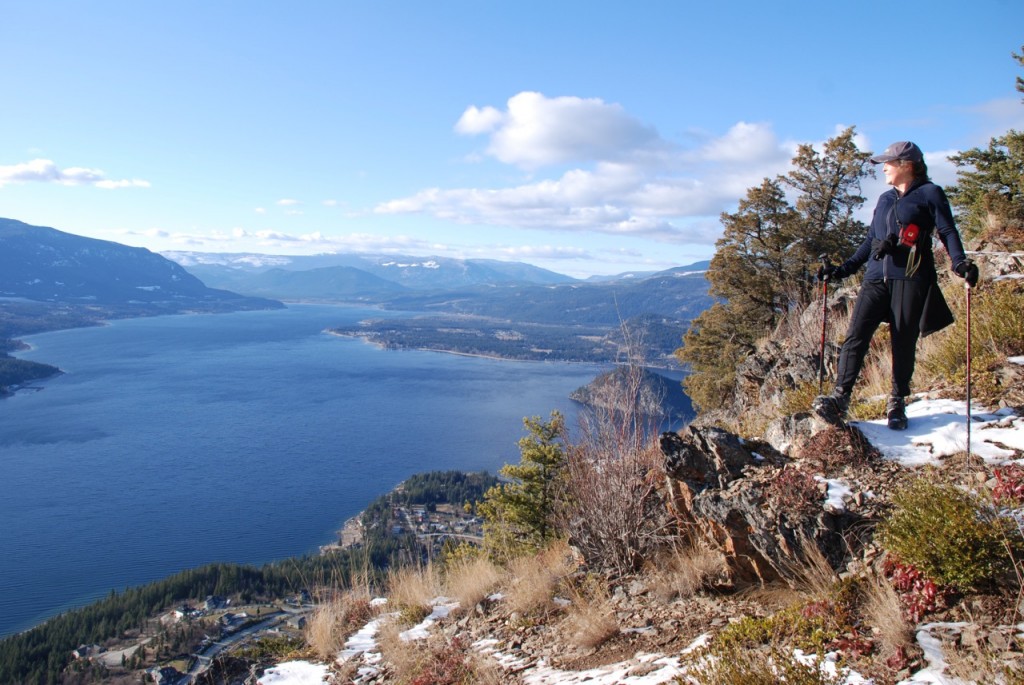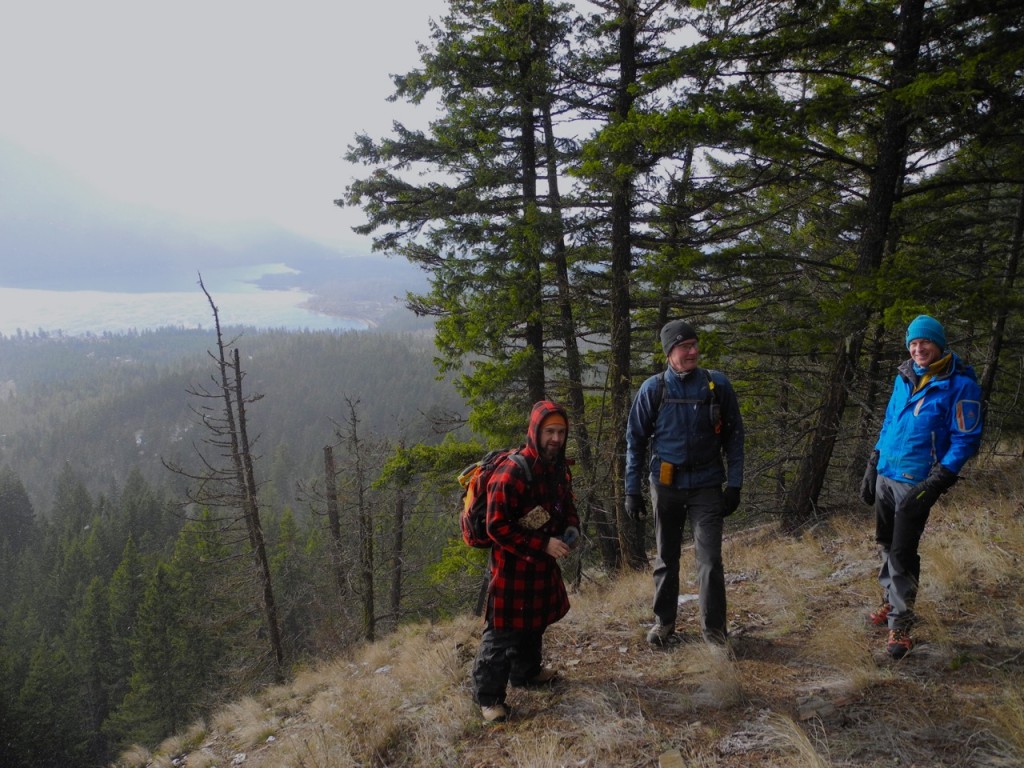Kathi Cooperman surveys the west Shuswap from the Blind Bay Lookout
As we approach the solstice and the holiday season, it is appropriate to reflect on how fortunate we are to live in the Shuswap. It is a gift that keeps on giving, to live here, surrounded by clean air, clean water, green trees, and friendly neighbours. Plus we have four seasons to enjoy a wide diversity of recreational pursuits from golfing, swimming and boating to hiking, biking, skiing and snowshoeing.
With the increase in building permits and school enrollment, it appears that the Shuswap is finally getting more attention, as more people move here to enjoy our region. Yet it would take many more thousands of new residents before there would be any risk to one of our greatest assets, our lack of crowds and traffic.
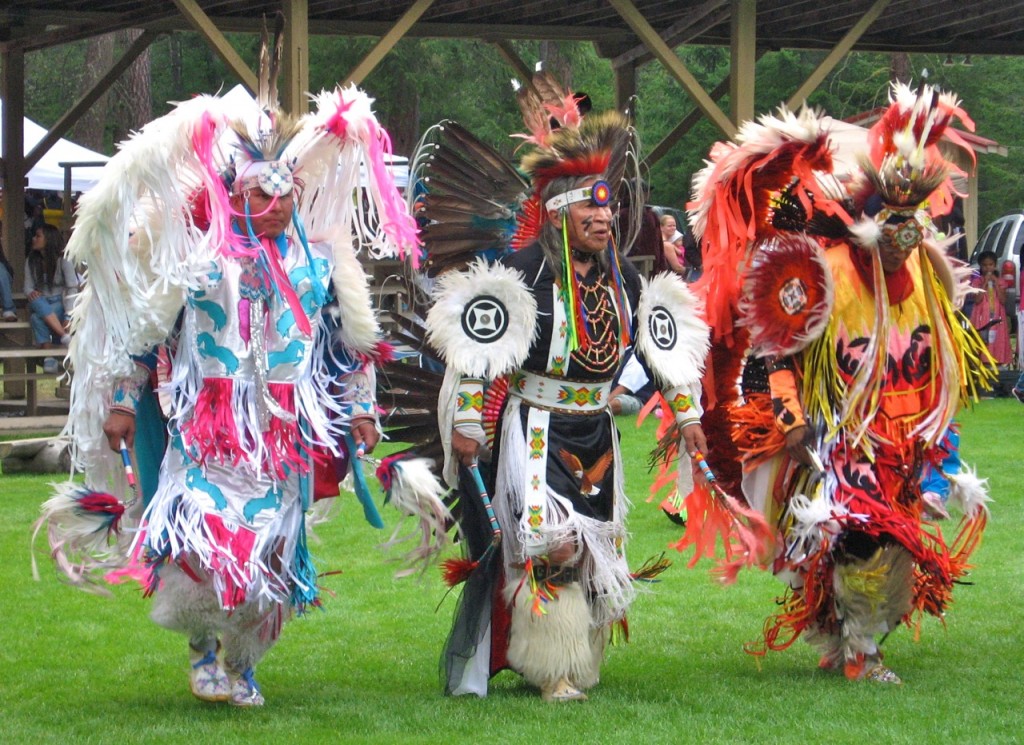
The Shuswap is well connected to its First Nation heritage. Many place names, including the word Shuswap, originate from the Secwepemc peoples. Salmon has always been key to the Secwepemc and is a key part of Shuswap identity now. As well, the local First Nation bands, despite having endured over 160 years of injustice, are thriving. Their cultural heritage and language are being revived and their economies are improving.
While the list of provincial, national and international problems continues to grow, including the election south of the border, recent pipeline decisions, and closer yet, the proposed open pit mine at the edge of Kamloops; the Shuswap remains relatively safe from major concerns. Other than the potential risks to water quality and biodiversity, thankfully there are no threats to our region from massive mines, dam projects, polluting industries or leaking pipelines.
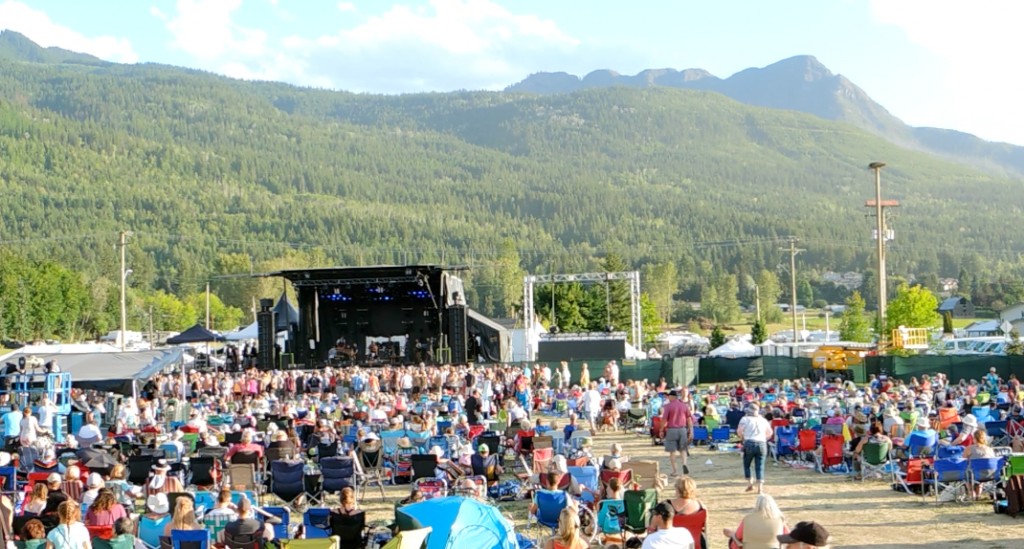
2016 Roots and Blues Festival
The Shuswap’s magnificent landscape both attracts artists to live here and inspires them to create spectacular artwork, displayed in a heritage building and in galleries throughout the area. Arts thrive in the Shuswap, including dance, theatre and music galore. In addition to the Roots and Blues Festival, there are free concerts in the summer, student music festivals, coffee houses, jazz evenings, and new venues in Salmon Arm that provide stages for both local and visiting artists.
A few years ago, a friend who is a highly accomplished artist, decided it was time to leave his large Vancouver studio and seek out the best place to re-settle in the interior. Using Google maps and a set of criteria that included mild winters, minimal pollution, good soil, low population, southern exposure and efficient access to major highways and larger centres, he determined that the North Shuswap was the best place to live. And now he and his partner live two blocks away, where he has set up a new studio, with productive garden beds nearby.
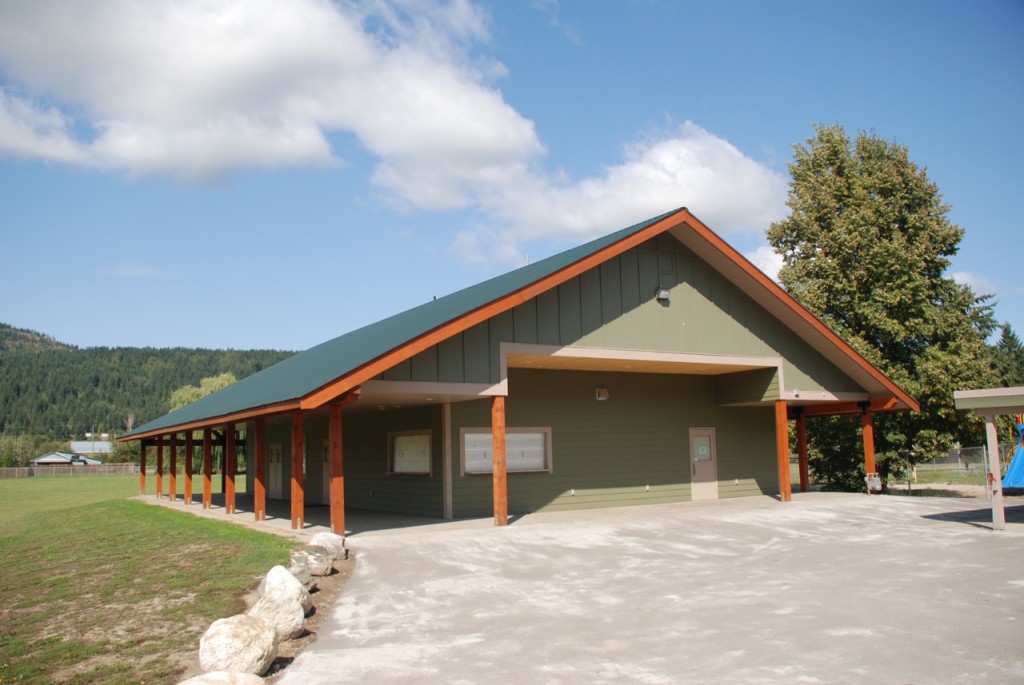
The new Grindrod Community Centre
It is also the amazing level of community spirit that makes the Shuswap special, from its active community halls, its unique community-owned movie theatres, to the Shuswap Community Foundation that helps financially support a wide variety of local, non-profit organizations. Key to the success for many initiatives are the many volunteers who help build and maintain trails, raise funds for the disadvantaged, support the arts and work tirelessly and give freely to help make our lives better.
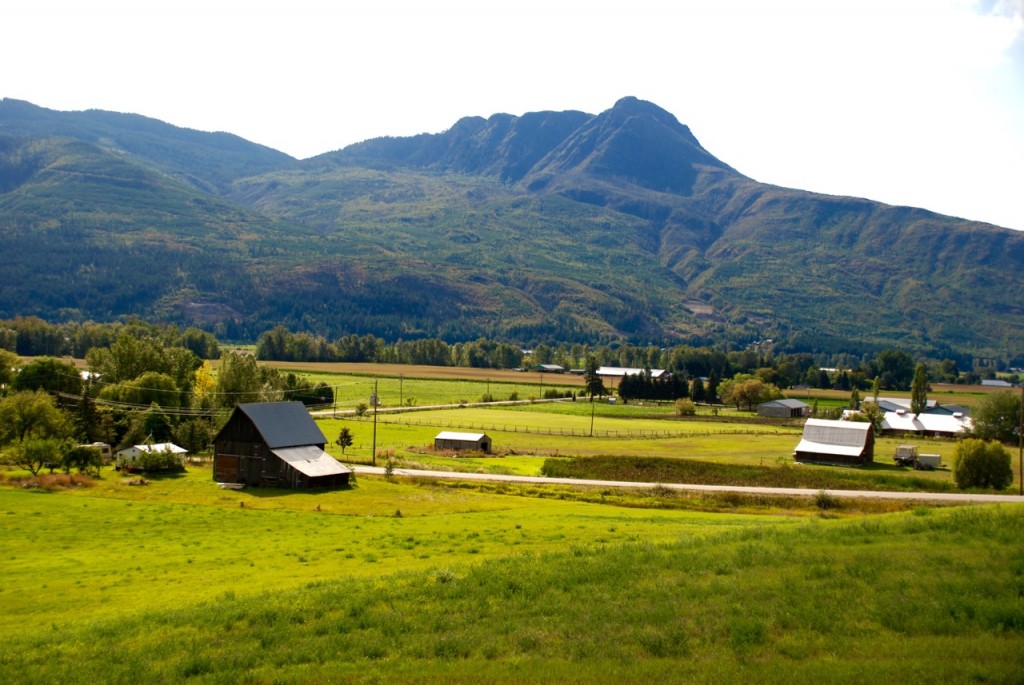
Salmon River Valley farmland
Blessed by a mild climate, the Shuswap’s rich agricultural land produces a bounty of crops, many of which can be purchased at local farmer’s markets and grocery stores. With food security becoming a growing concern, Shuswap farms have the potential to supply local needs for decades to come. And amazingly, as the climate continues to warm, vineyards are expanding north and the number of local wineries is continuing to grow.
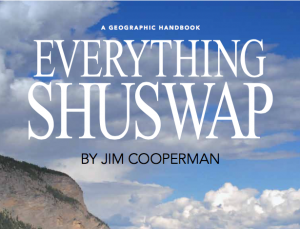
One thing to look forward to in the new year will be the long anticipated publication of the first volume of my book, Everything Shuswap, which is now in the final stages of production. It too will be a gift from me to you the readers and to local students that will keep on giving, as proceeds from sales will support outdoor learning opportunities. With chapters on geography, geology, ecology and history plus hundreds of photos and maps, the book provides many of the details about why the Shuswap is indeed one of the best places in the world to live.
POSTSCRIPT
Having lived in one place in the Shuswap for 47 years, I have seen many changes. Over the last decade, one of the best new developments has been the work of the Shuswap Trail Alliance (STA), who work tireless to promote, design and build new trails, as well as work cooperatively with all groups.
Today, Dec. 9th, STA Executive Director Phil McIntiyre-Paul and trail designer Sutra Brett and trail Steward Chris Chaster come out to survey a trail location in the Lee Creek Bluffs.
